For a Brief, Glorious Moment, Camera-Wielding Pigeons Spied From Above
In the early 20th century, Julius Neubronner turned his birds into photographers.
It’s hard to imagine now, in the age of drone photography, how it would have felt to have the very first glimpse of the world from a bird’s-eye view. In the 19th century, early photographers experimented with aerial images using balloons and kites, devices that were made and controlled by humans. But a more organic perspective emerged when a German apothecary strapped a small camera to a pigeon, to photograph the world in flight.
His name was Julius Neubronner, and he had a family history of using pigeons in unconventional ways. His father, also an apothecary, received prescriptions and sent out urgent medications by pigeon. Neubronner also relied on pigeons to replenish his stocks of medications. But when a bird went missing for a month, Neubronner was curious to know where it had been. While other bird-owners might consider this thought a mere flight of fancy, an unanswerable question, Neubronner took a different view: He designed a camera, one that shot automatically, for his pigeons to wear.
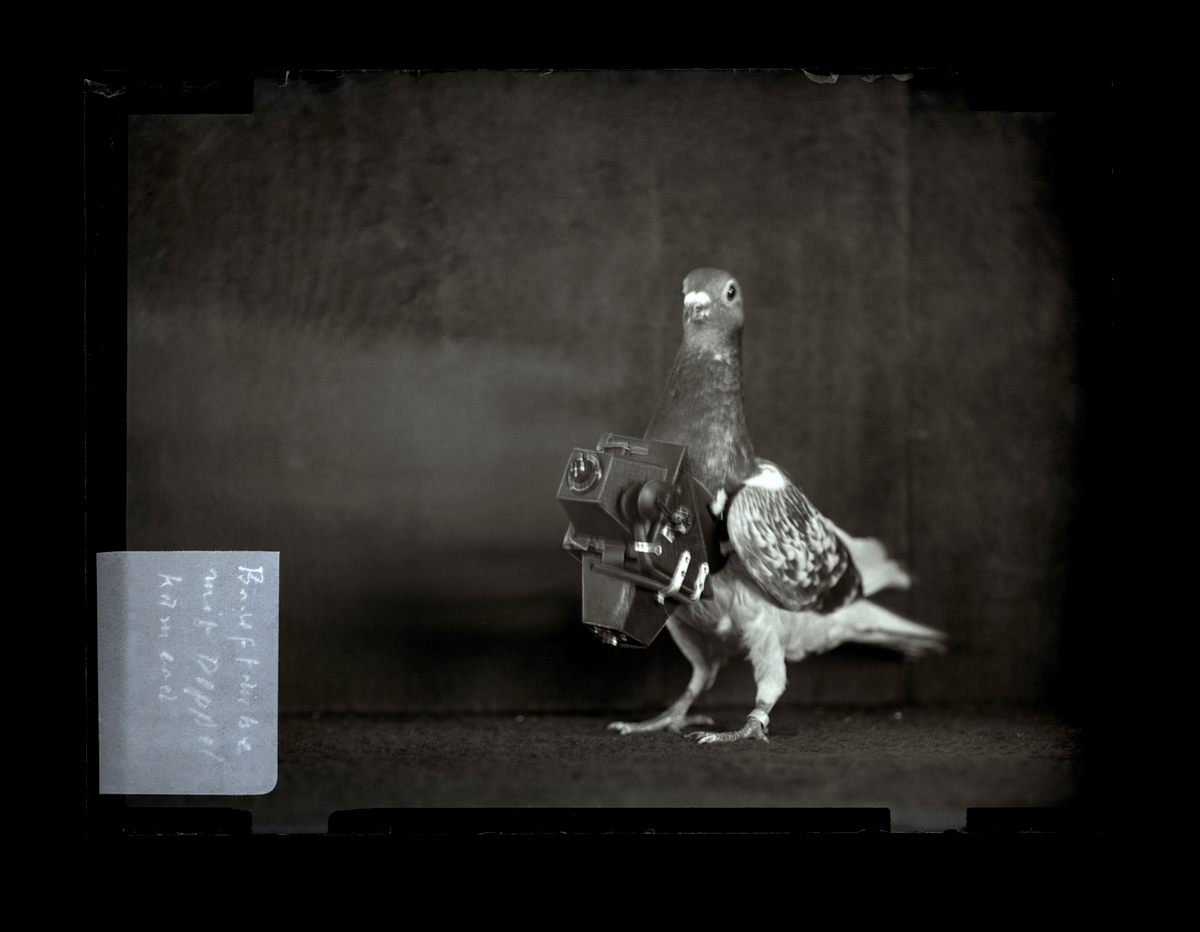
Despite their often negative public image, pigeons have a long history of being incredibly useful to humans. In Ancient Rome, pigeons delivered news of chariot victories. There are multiple accounts of their use in wartime throughout history, including in the 1870 Franco-Prussian War, when besieged Parisians sent messages out of the city via pigeon. They even helped build a business empire. But using pigeons to carry cameras was new, and so Neubronner began to experiment.
According to a December 1908 article in The New York Tribune, Neubronner figured out the best shutter speed by photographing from express trains. He reportedly created several different devices, and in 1907, he submitted his “Method of and Means for Taking Photographs of Landscapes From Above” to the Imperial Patent Office. In this design, the camera, which had two inclined lenses and an automatic shutter, was fixed to an aluminum frame which was then strapped to the pigeon with a leather harness. The patent office approved the device in 1908, but only after Neubronner supplied photographic evidence that it could actually function.
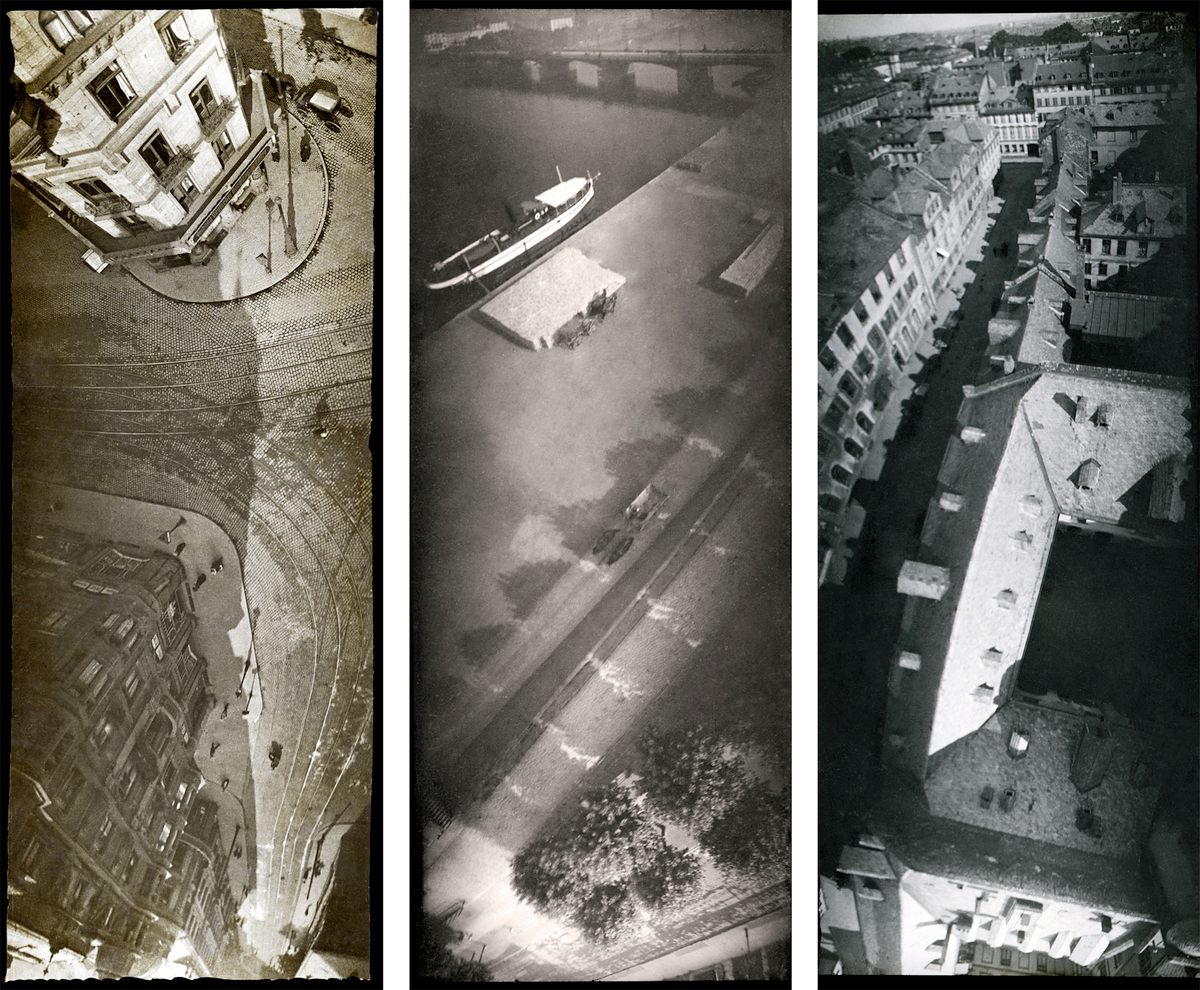
After his patent was approved, Neubronner displayed his photographs at the 1909 Dresden International Exhibition of Photography. Newspapers picked up on the story. “Pigeons Now Used as Photographers,” headlined The Columbian newspaper, on January 7, 1909. In Australia, the Lismore Star wrote “Pigeons to Take Photographs While Flying.”
The Prussian Ministry of War also took an interest. Camera-wielding pigeons had enormous reconnaissance potential. In a piece headlined “Pigeons Carry Small Camera for Scientist,” the Los Angeles Herald reported starkly “The carrier pigeon flies at the height of 150 to 300 feet, safe from small shot and very difficult to hit with bullets.” According to a 1909 magazine article, the government requested pigeon photographs of the Tegel Water Works to test Neubronner’s invention, which he arranged, training his pigeons to return to a mobile dovecote complete with darkroom. But the military potential was relatively short-lived: During World War I, new specially-designed aerial cameras spied on the enemy from planes, outpacing the potential pigeons might have had.
The freewheeling charm of Neubronner’s pigeon photographs is on full display in a recent book published by Rorhof. Atlas Obscura has a selection of images from The Pigeon Photographer.
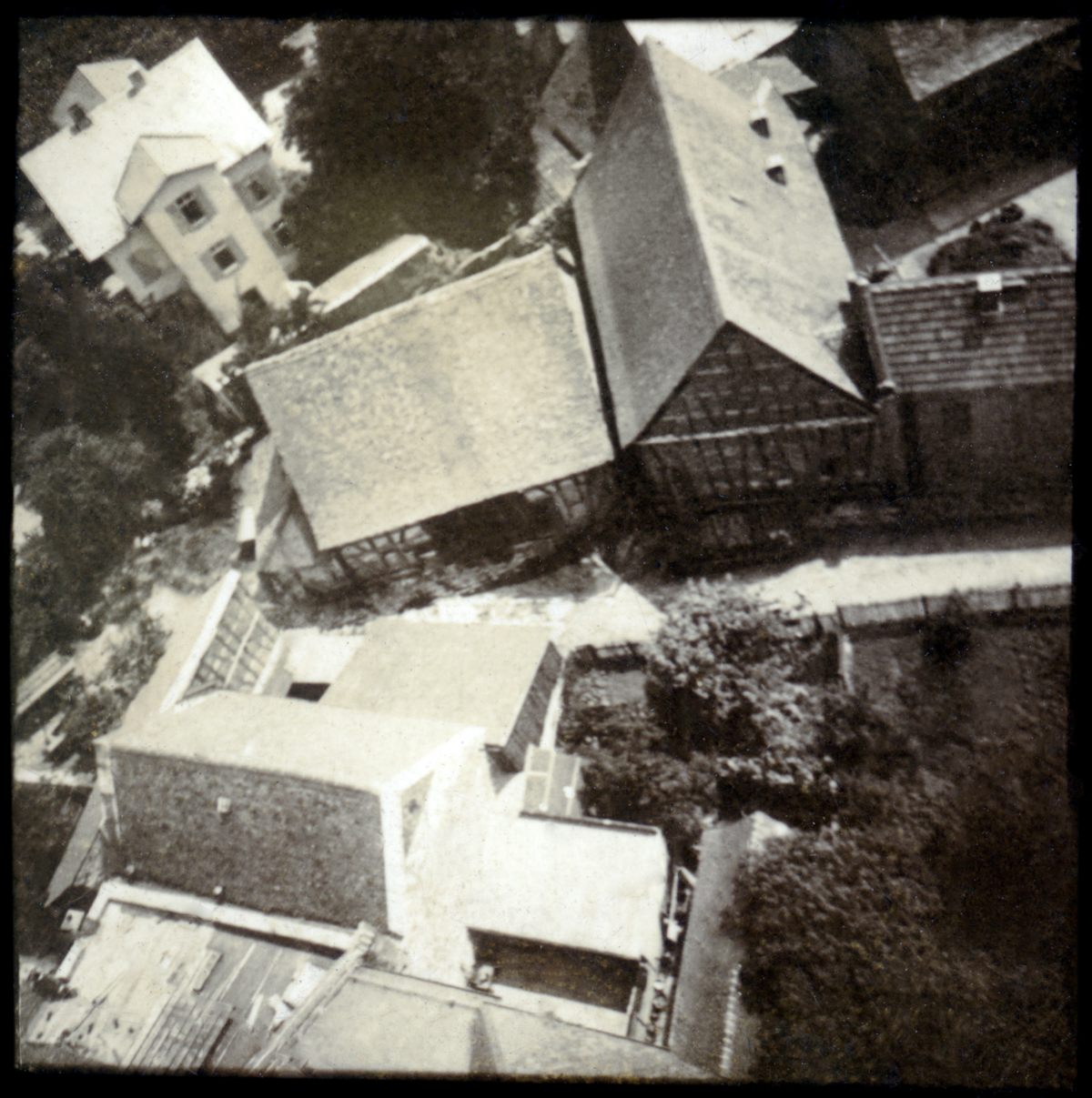


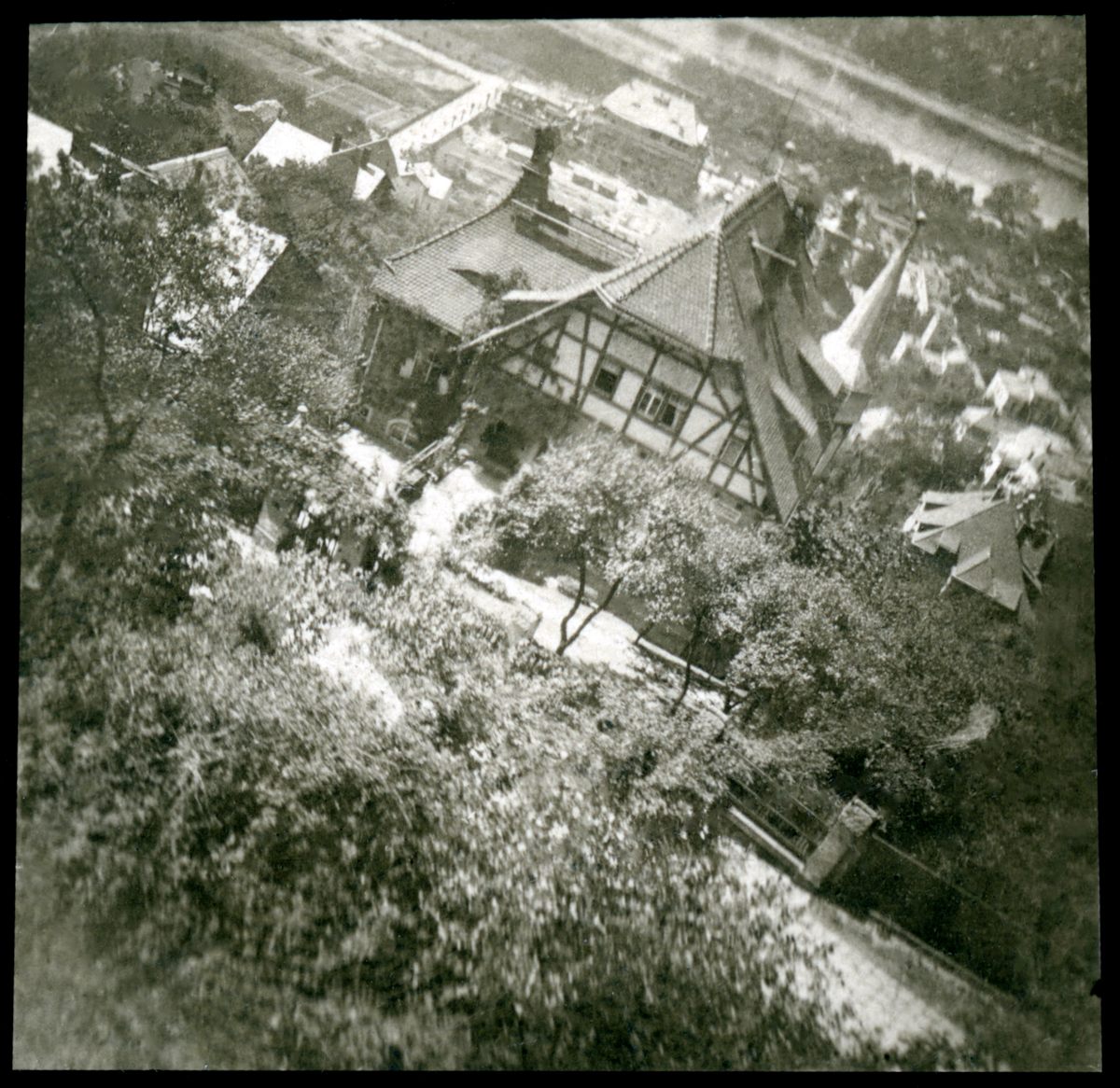
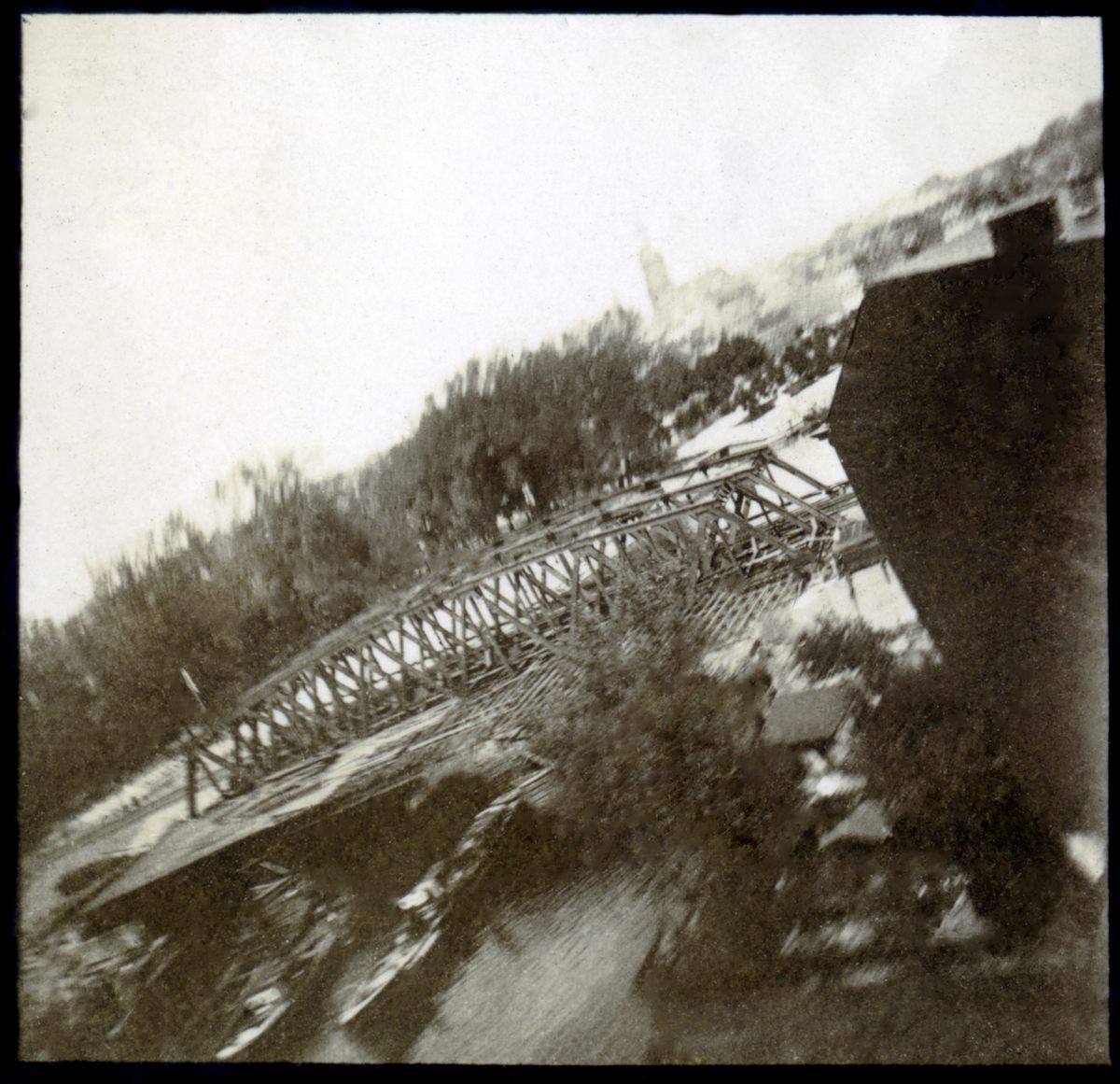




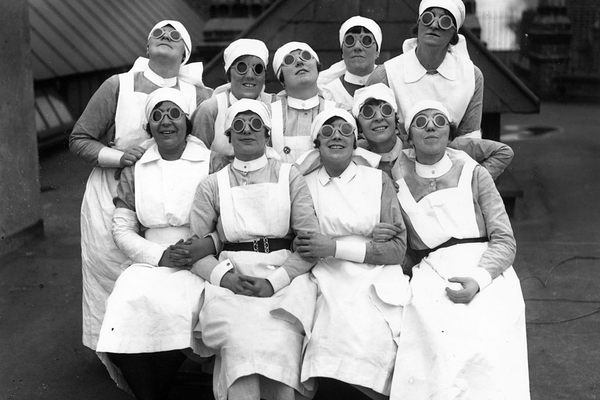



Follow us on Twitter to get the latest on the world's hidden wonders.
Like us on Facebook to get the latest on the world's hidden wonders.
Follow us on Twitter Like us on Facebook